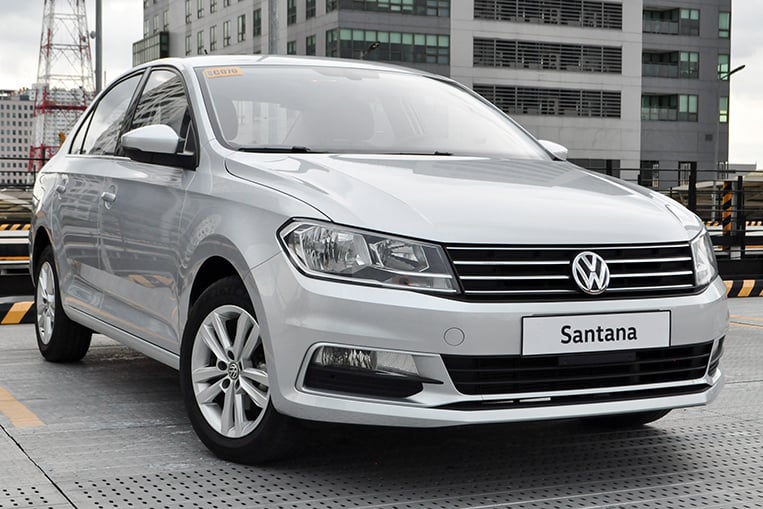
The Volkswagen Santana has always triggered my interest. Here is a brand with clear German roots selling a car that is priced as mainstream as the established Japanese and Korean competition. The thing is, we’re nowhere near Germany (or Europe, for that matter) where Volkswagen enjoys healthy sales. Here in the Philippines, the firm is trying to pick a fight with the leaders in the subcompact sedan segment.
But first, let’s talk about the Santana as a car. We’ve already reviewed the model’s base variant. It made sense, then, that I’d go for the opposite end of the trim level spectrum. And Volkswagen kindly handed me the keys to the crème de la crème of the Santana lineup: the 180 MPI AT SE, which starts at P962,000.
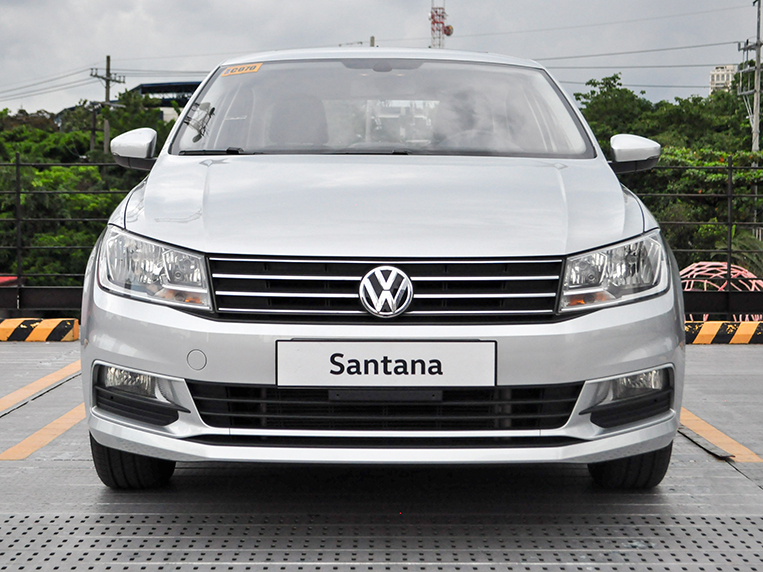
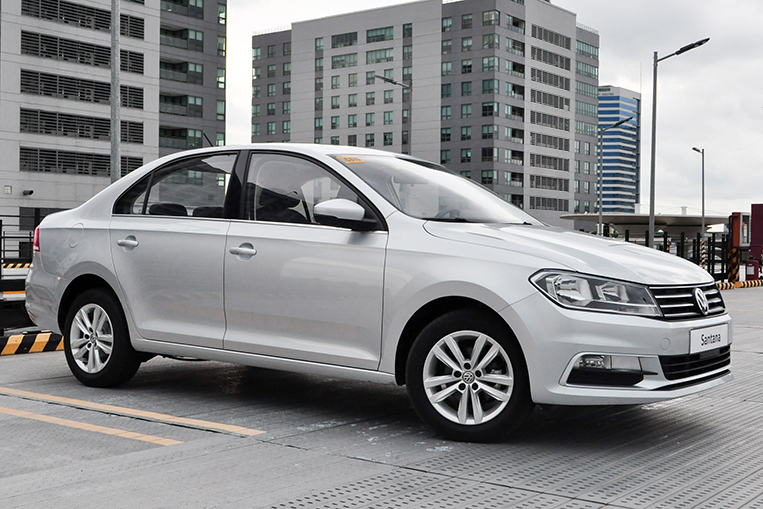
The top-of-the-line Santana is practically night-and-day compared to its spartan brother. The seats are trimmed in a combination of leather and signature VW plaid fabric (just like the Golf GTI). The dashboard now has glossy and shiny bits that admittedly work in breaking the monotony of plastic. The car comes with a sunroof as well, something its rivals don’t have. And for an additional P31,000, you can get the Santana with a fancy Blaupunkt audio head unit (as installed in our demo vehicle).
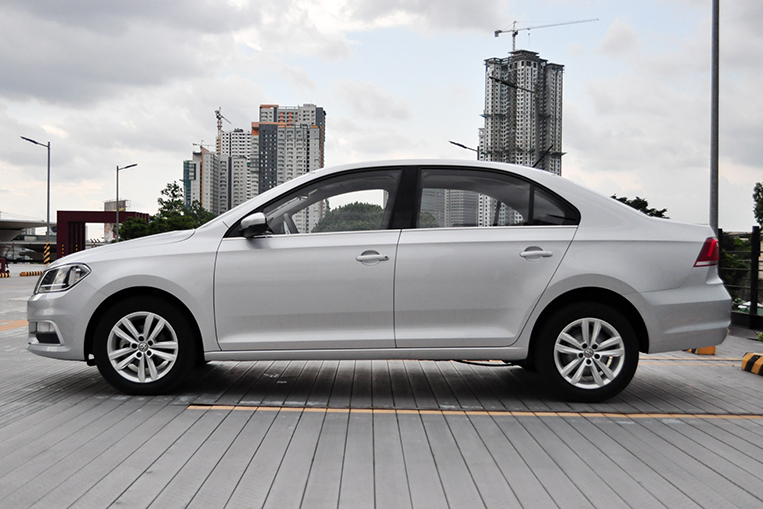
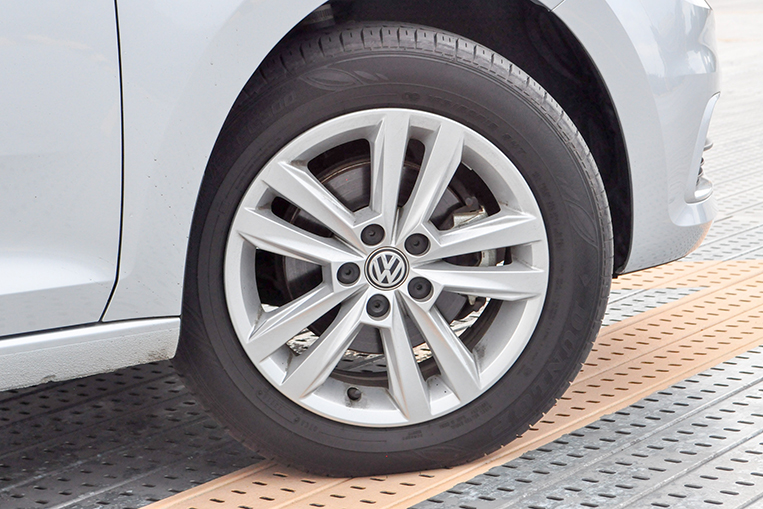
This range-topping variant also gets a considerable bump in performance. A more powerful 1.5-liter in-line-four gasoline engine now resides under the hood. Output and torque are pegged at 108hp and 150Nm, respectively. The front wheels are driven by a six-speed automatic transmission. This powertrain even has neat tricks up its sleeve, such as cruise control and an automatic start/stop system. Again, these are items missing in the Santana’s veteran peers.
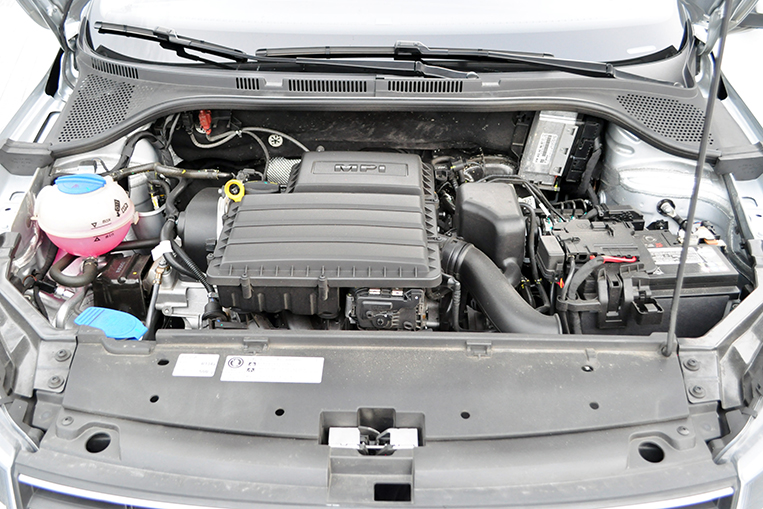
The Santana drives well. The body feels solid and the car feels right at home cruising on the highway as it does in city traffic, thanks in part to the sixth-gear ratio. The steering feels nicely weighted, and so does each button or knob inside the cockpit. The Blaupunkt stereo is one of the better-sounding infotainment systems fitted as standard to any car in this segment. There is more than enough rear-seat legroom even for large adults, and the trunk is cavernous enough to swallow my mom’s wheelchair with ease.
It’s a good product, in other words. Like I’d consider buying one if I were in the market for a well-equipped subcompact sedan. But that’s the thing: Should I even be comparing the Santana to a similar car with an Asian badge?
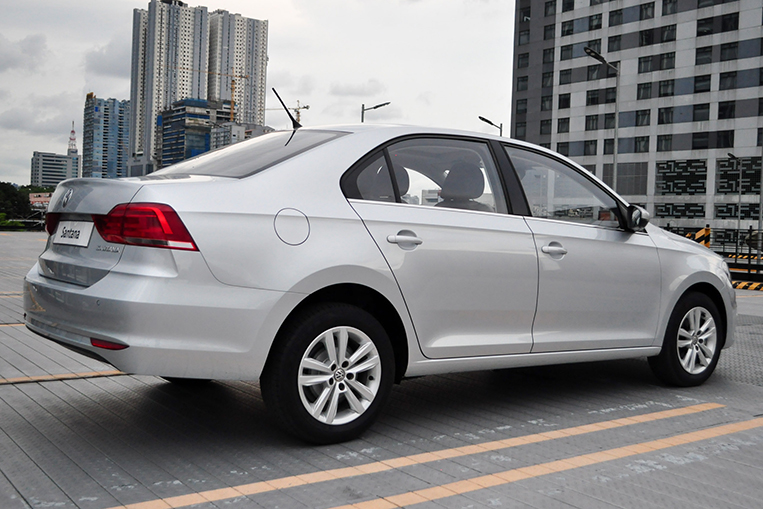
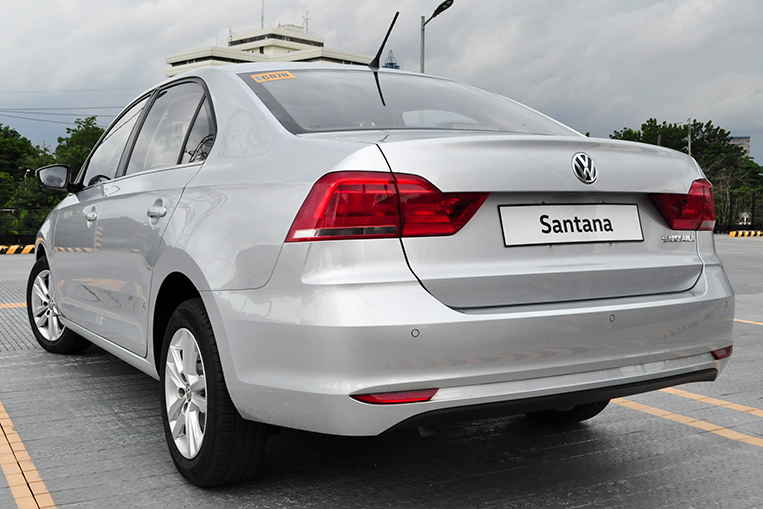
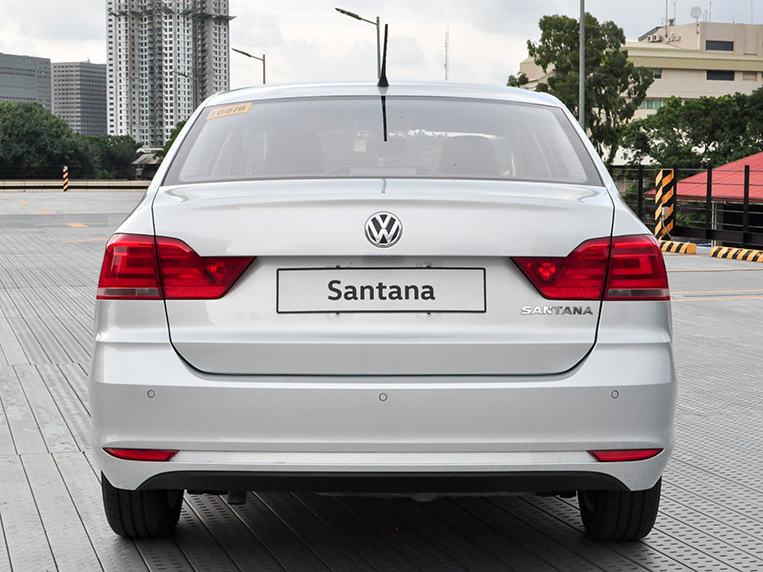
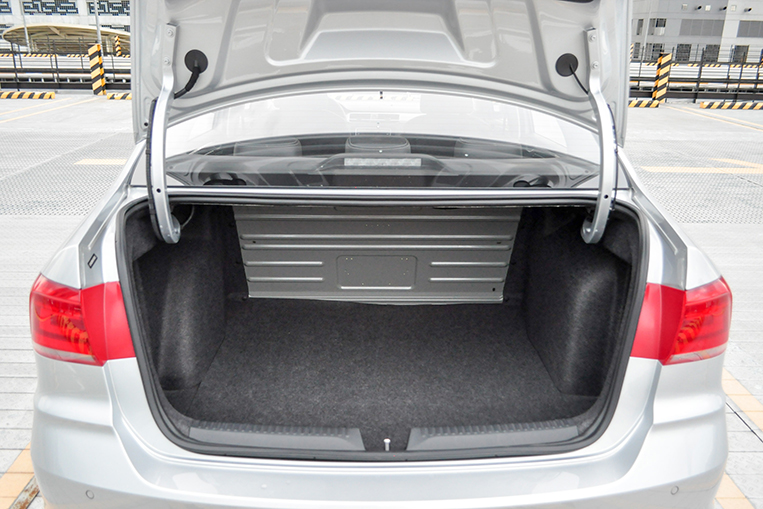
When Volkswagen reentered the Philippine market in 2013, it did so with a very limited dealer network and a product lineup that consisted mainly of diesel sedans. After a bit of refinement to its portfolio, the distributor’s offerings started to become more commonplace on our roads (I would spot at least two Jettas or Golf Wagons in one day). Despite the premium which these self-shifting diesels commanded, people were buying them because of the perceived build quality and prestige that came with a European brand.
The Santana is a good product—I’d consider buying one if I were in the market for a well-equipped subcompact sedan
However, in its drive to diversify its reach (read: go mass-market), the German carmaker filled its stable with cars made in China. Names that weren’t familiar outside the Chinese domestic market made their way here with the Santana leading the charge and replacing the Indian-made Polo. And with it came new prices as well. The small Santana in its base configuration retails for P686,000, practically going head-to-head with the Toyota Vios (which starts at P662,000).
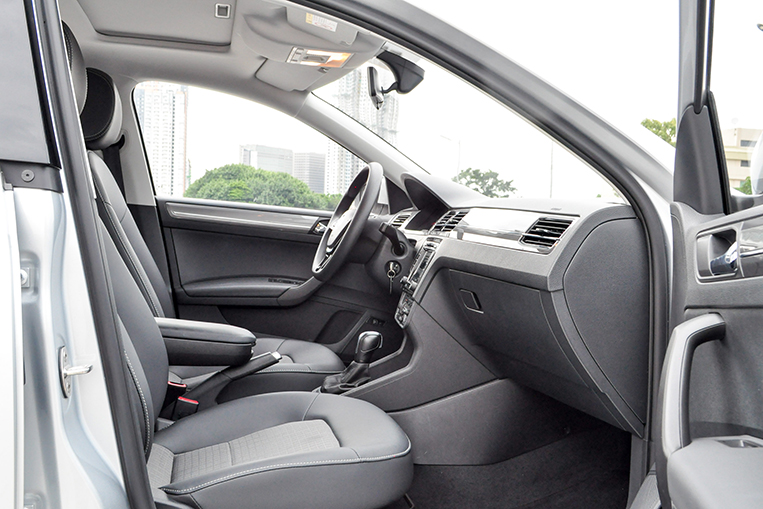
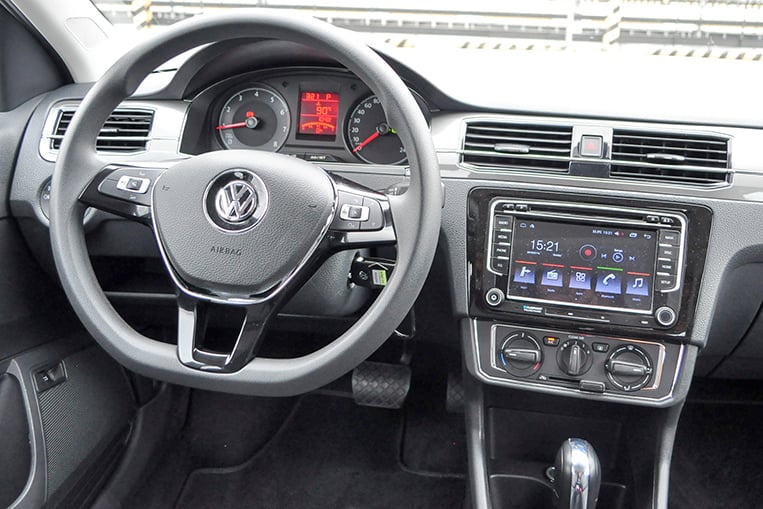
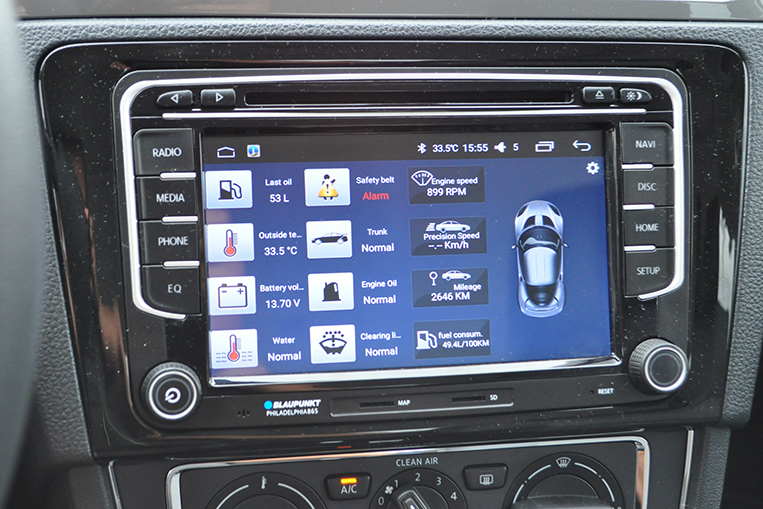
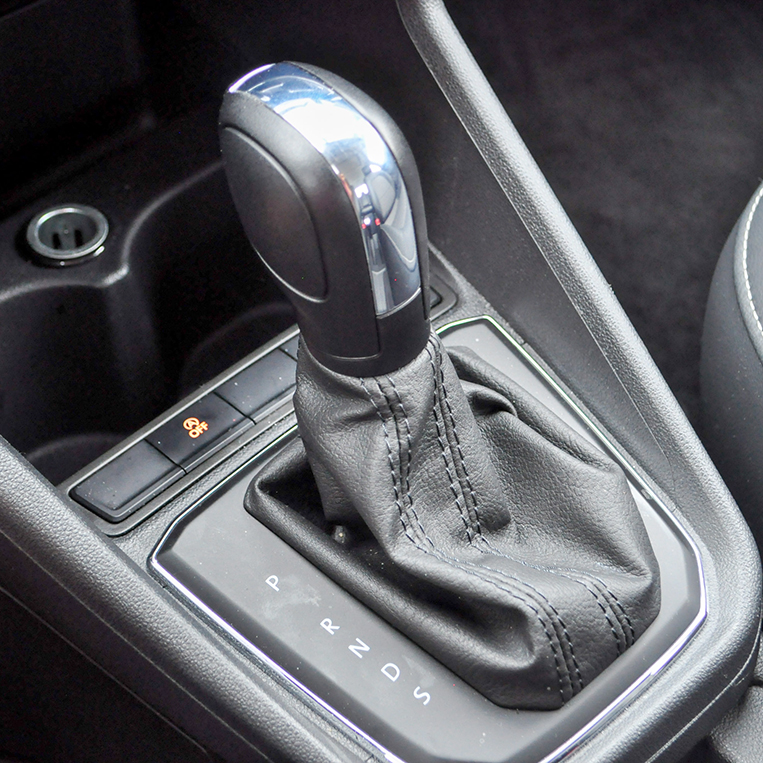
Now, Volkswagen says that it is just taking advantage of the ASEAN-China Free Trade Agreements, which allow it to bring down the pricing and make its vehicles more accessible to the buying public as a result. But then, in my daily commute to the office, I haven’t really seen as many Santanas as I once did Jettas. So the march to become mainstream has yet to gain significant traction to force the Japanese to look over their shoulders.
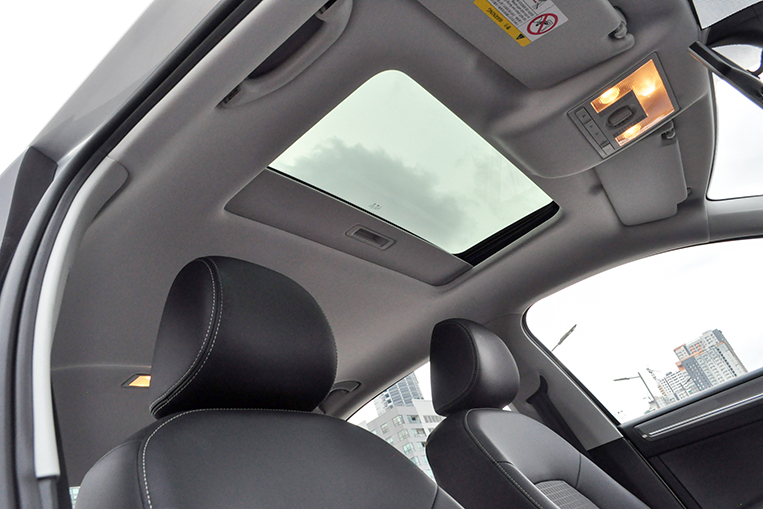
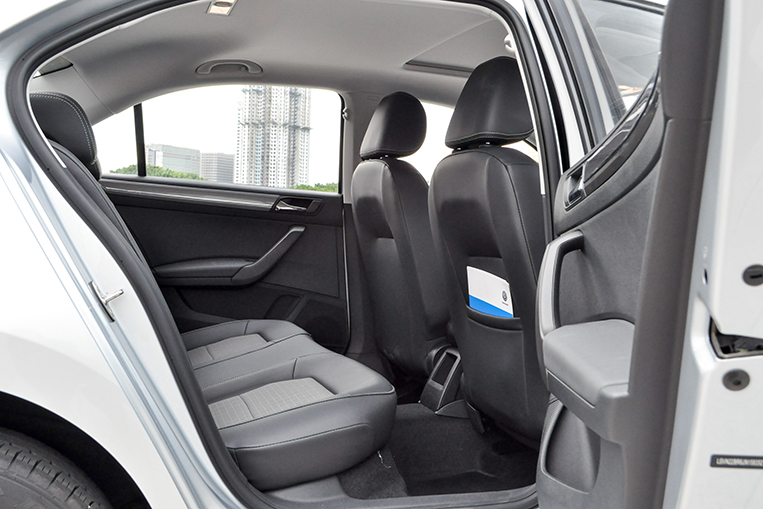
Adding to that is the brand’s rather limited dealership network. While customers have access to Toyota’s 73 outlets across the nation, Volkswagen only has eight. Although service quality at each of these dealers is top-notch, it can’t be helped that one of the things that are keeping buyers from waving checkbooks at the Santana is the simple lack of a service center near them. People simply wouldn’t part with their money for something they couldn’t easily bring in for servicing.
That leaves me confused, then, as to where Volkswagen wants to be. Its offerings are obviously aimed at the budget-conscious demographic, and are matching its rivals pound-for-pound. But a scarcity of service centers is hurting the company’s mass-market aspirations. They’re going to have to pull something clever out of their asses to get folks to see the Santana (and the brand as a whole) in a different light. One that, hopefully, will translate into more sales.

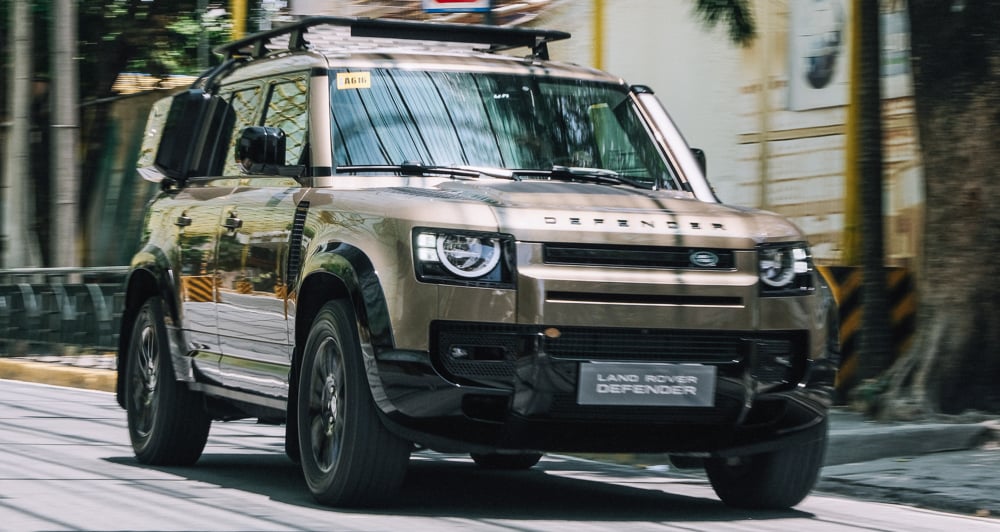
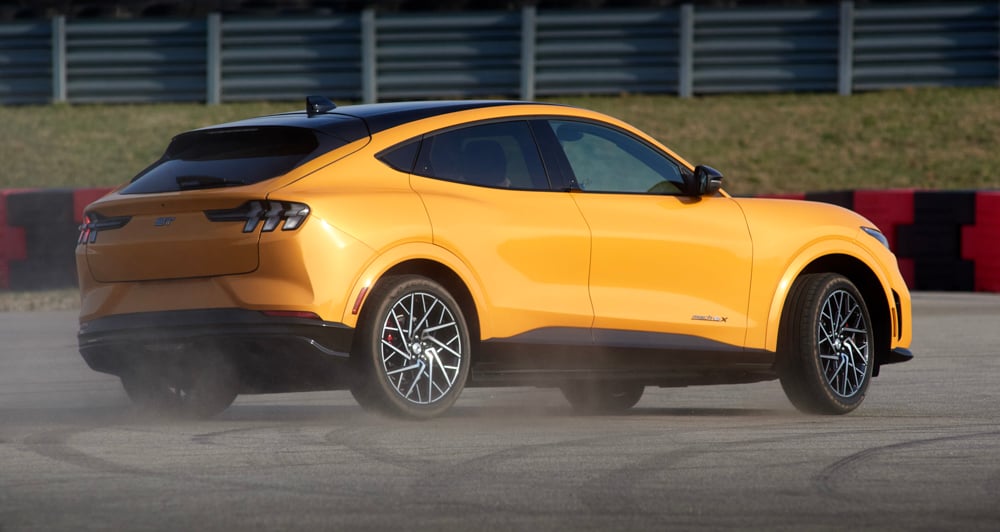
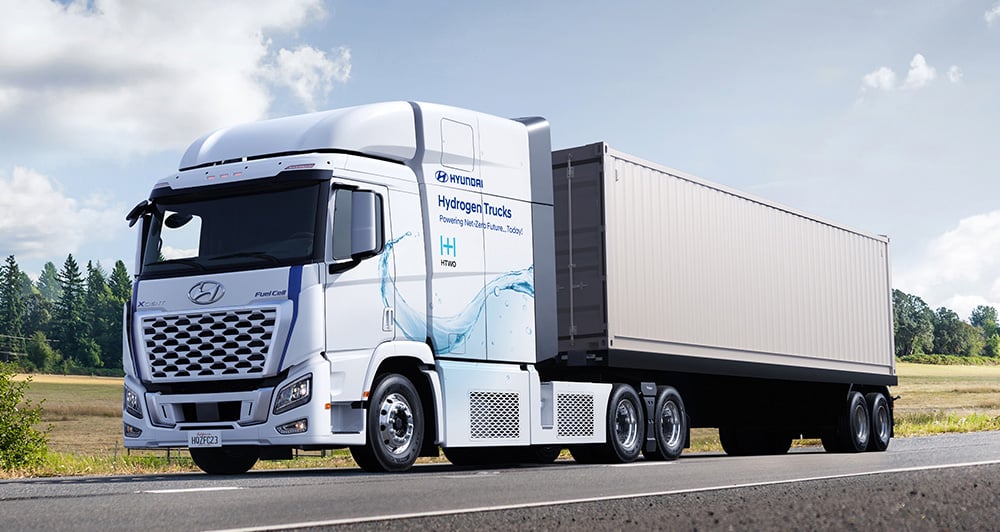
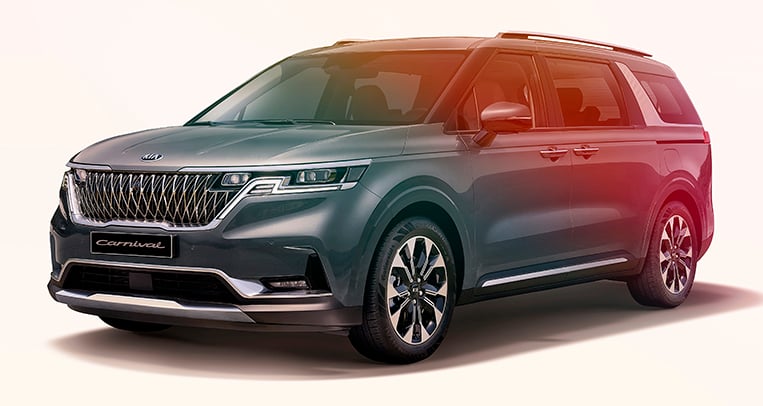
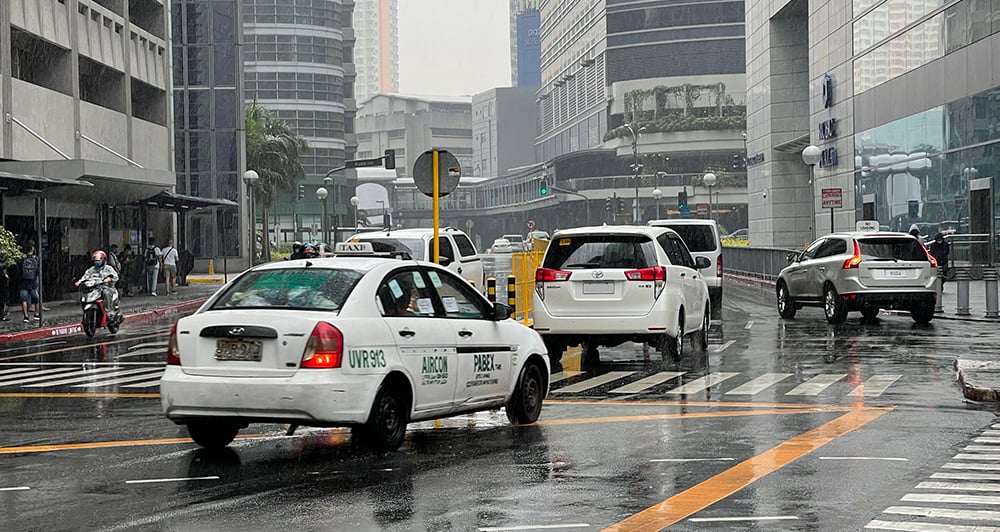
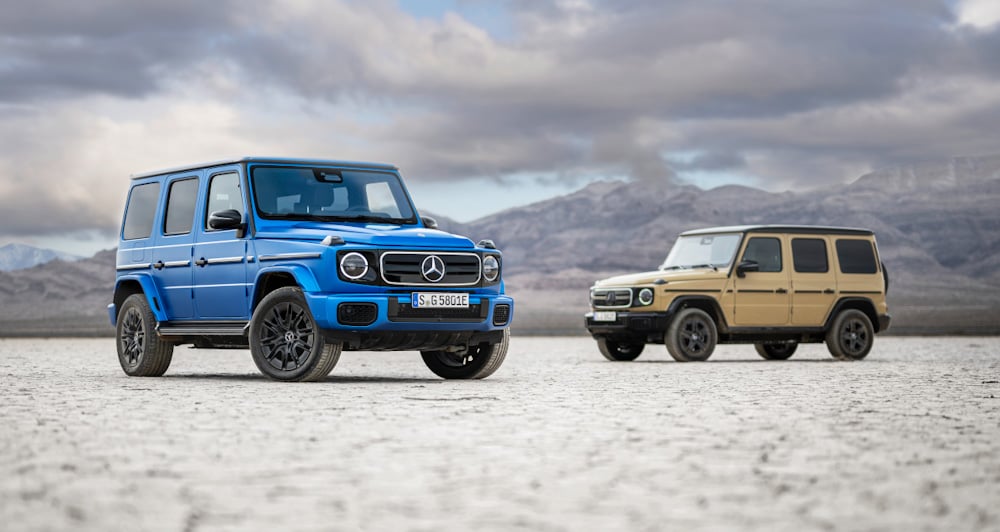
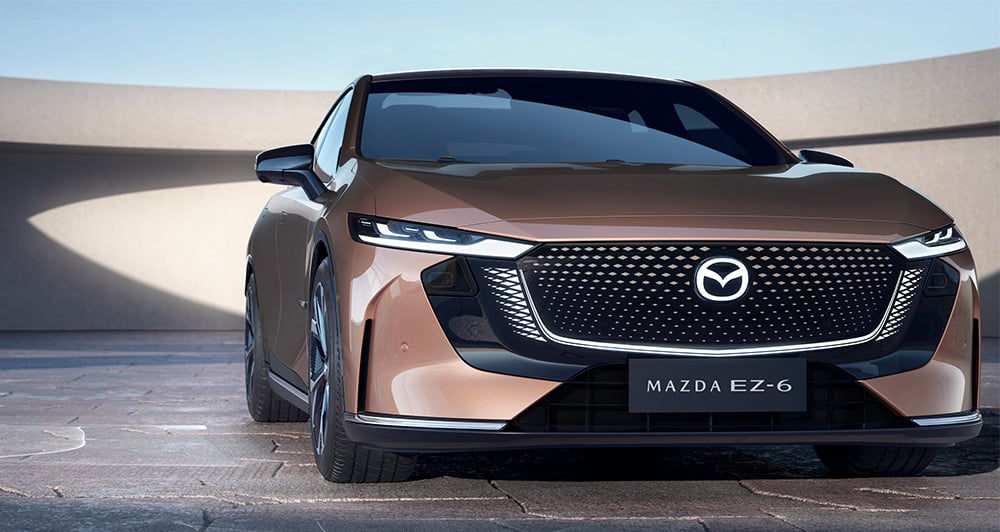
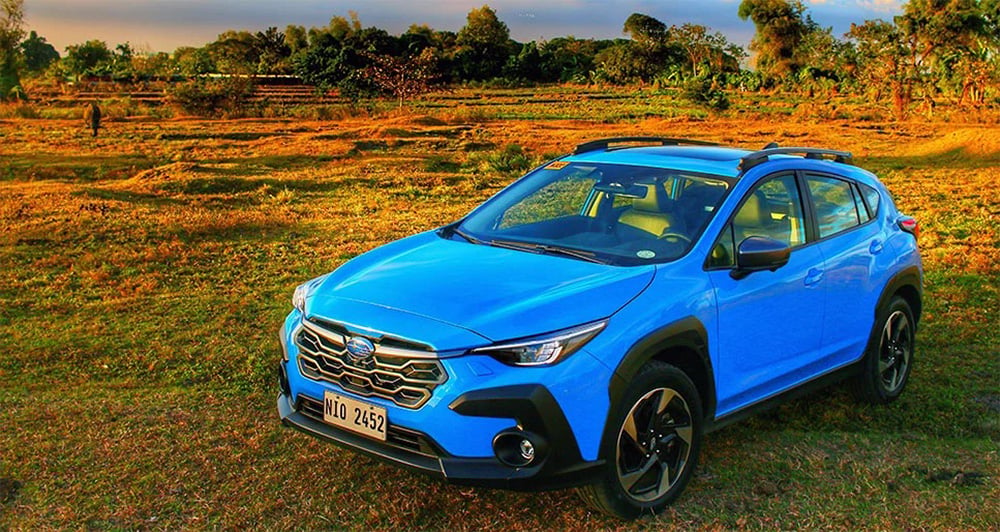


Comments